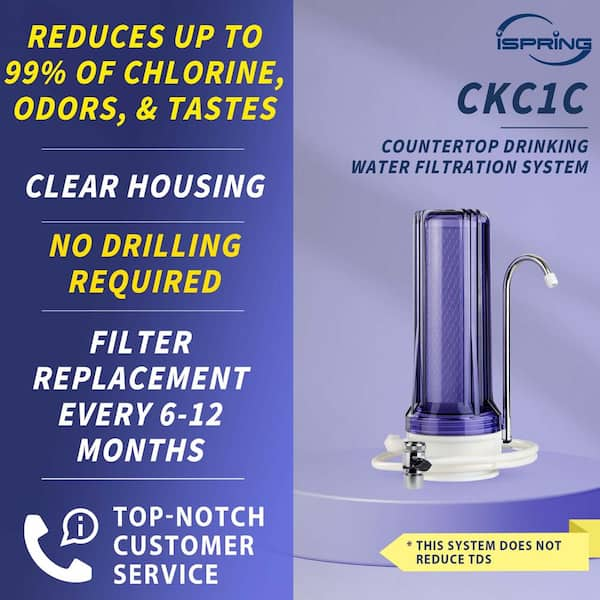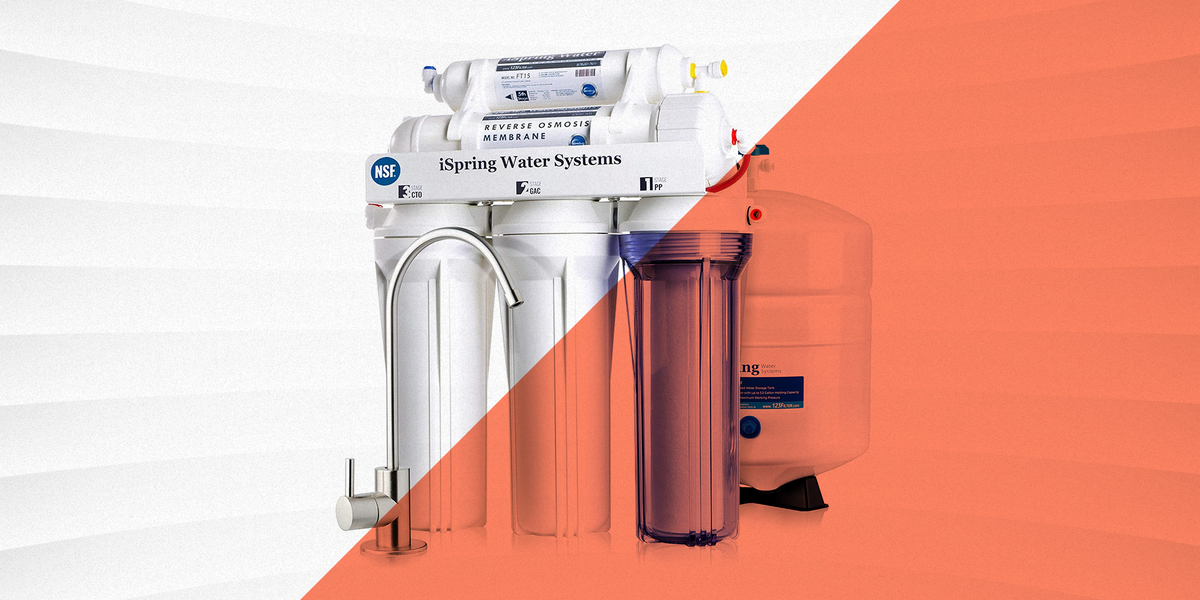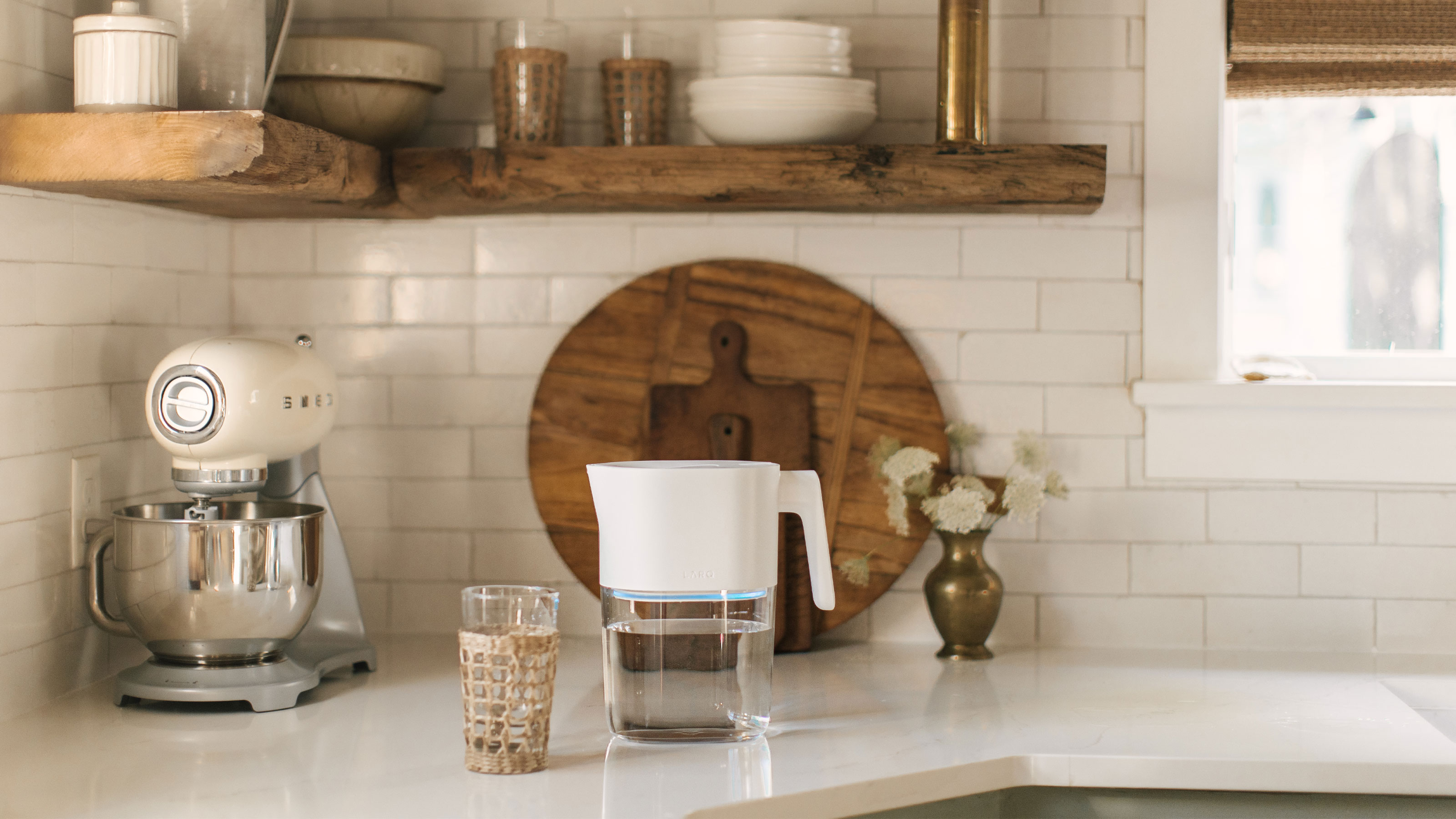All Categories
Featured
Table of Contents
Private The Best Backpacking Water Filters Of 2023 - Gearjunkie
6 to 12 months$73 5 Gallons/Day N/ARequires installation To determine the best water filters, we spoke with several registered dietitians about the differences between the types of water filters and the types of contaminants they filter. We prioritized filters that have been third-party certified but didn't use those criteria as automatic grounds for dismissal from our list.
We offered a range of filter types so you can find one that best meets your needs—and your budget. When shopping for water filters, it is important to first know what contaminants are in your water. Based on this information, you will be better equipped to decide which treatment solution addresses your concerns.

(Source the Environmental Protection Agency) These filters use activated carbon to soak up impurities that produce unpleasant tastes or odors. This can include organic matter, volatile organic compounds, chlorine, and others per the Environmental Protection Agency (EPA). Water is passed through synthetic resin. Harmless charged ions on the surface of the resin are exchanged with harmful charged contaminants in the water.
Easy, Accurate & Confidential Best Water Filters For Your Home - Safewise

This process forces water at high pressure through semipermeable filters, removing a larger range of contaminants such as heavy metals, bacteria, and viruses. Water is passed through a mesh filter that traps particles. These types of filters remove larger materials such as sand, silt, and organic matter. Ultraviolet light can be used to remove microbial contamination in water, reducing bacteria, protozoa, and viruses present.
It does not remove contaminants such as heavy metals, chlorine, or chemicals. UV filtration will not improve the taste or smell of your water. : Different filters are able to filter varying contaminants. The common contaminants include those that can impact taste and smell, such as chlorine. Chlorine is often added to water as a disinfectant to kill microbial organisms, but it can result in an unpleasant taste.


The contaminants a filter is able to remove will vary, so be sure to check for a list of contaminants your filter removes or reduces. Water filter installation will vary based on the type of filter. Certain filters such as pitchers, countertops, water bottles, certain faucet attachments, and under-sink filters can be installed on your own.
Easy Best Water Filters For Your Home - Safewise
Water filters need to be replaced every so often to ensure they continue to function properly. Smaller filters such as pitchers, faucet attachments, or countertop filters often have to be replaced every 2 to 3 months. While this is usually an easy process, it can add to overall costs over time.
The healthiest way to filter water will depend on the contaminants in your water, which is why we recommend testing your water first if possible. Filters that use activated carbon remove impurities like chlorine, which can improve the taste and smell of your water. Other processes such as reverse osmosis are suitable for more in depth filtering, because this process removes most chemical contaminants such as bacteria as well as heavy metals like lead, arsenic, and cadmium.
Barnes tells us that most tap water is safe: "As a dietitian, I assure clients that most of our tap water from a public source is safe to drink. Unsure if your water is safe? You can find out from a water testing site in your area by calling the Safe Drinking Water Hotline at 800-426-4791." If you simply want to filter your drinking water, we recommend the Pur Plus Faucet Mount Water Filtration System, which rings up at just $22 and is easy to install on most kitchen sinks.
Easy, Accurate & Confidential Best Backpacking Water Filters Of 2023 - Switchback Travel
Tamar Kane, MS, RD is an NYC-based Registered Dietitian and marathon runner. She is the founder of Tamar Kane Nutrition, a virtual practice that focuses on helping runners learn to fuel their running and their lives. Tamar has her master's degree in Nutrition and Exercise Physiology from Teachers College Columbia University and specializes in working with plant-based athletes.
Water filters can come in handy if you live in an area where the tap water could use a slight improvement. From removing heavy metals and chemicals to filtering out odors and tastes, filtration systems can improve the quality of your drinking water and prove to be an eco-friendly solution to buying single-use plastic bottles.
Your deciding factor, however, will likely be whether you'd prefer a pitcher, a countertop filter, or a system for your entire home, like the APEC ROES-50 Reverse Osmosis System, our selection for Best Overall. We compiled this list based on our research and your needs to find the best water filters for every home.
Table of Contents
Latest Posts
h
h
h
More